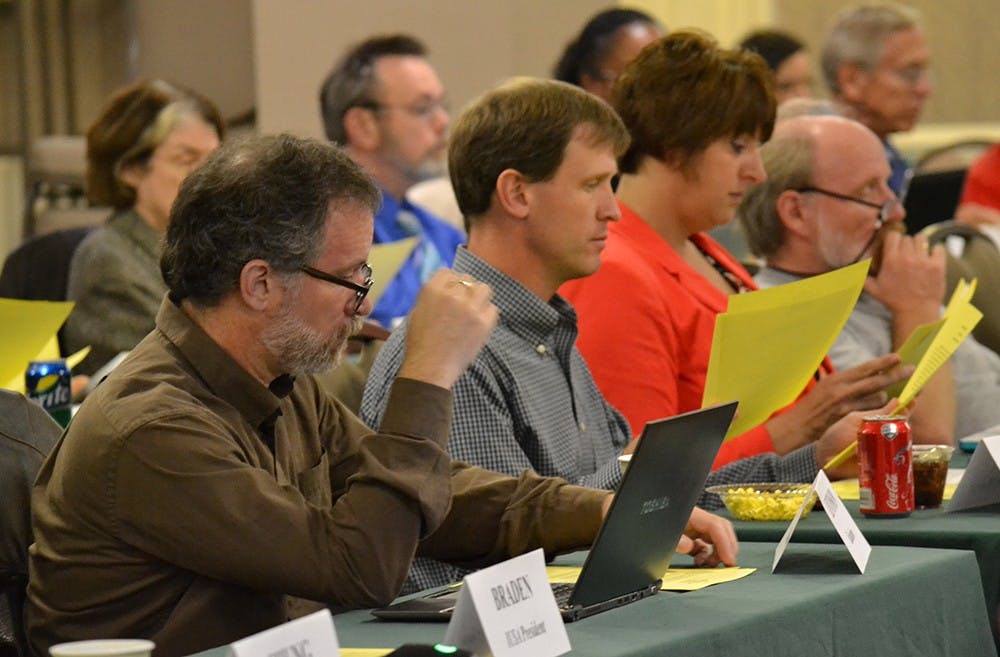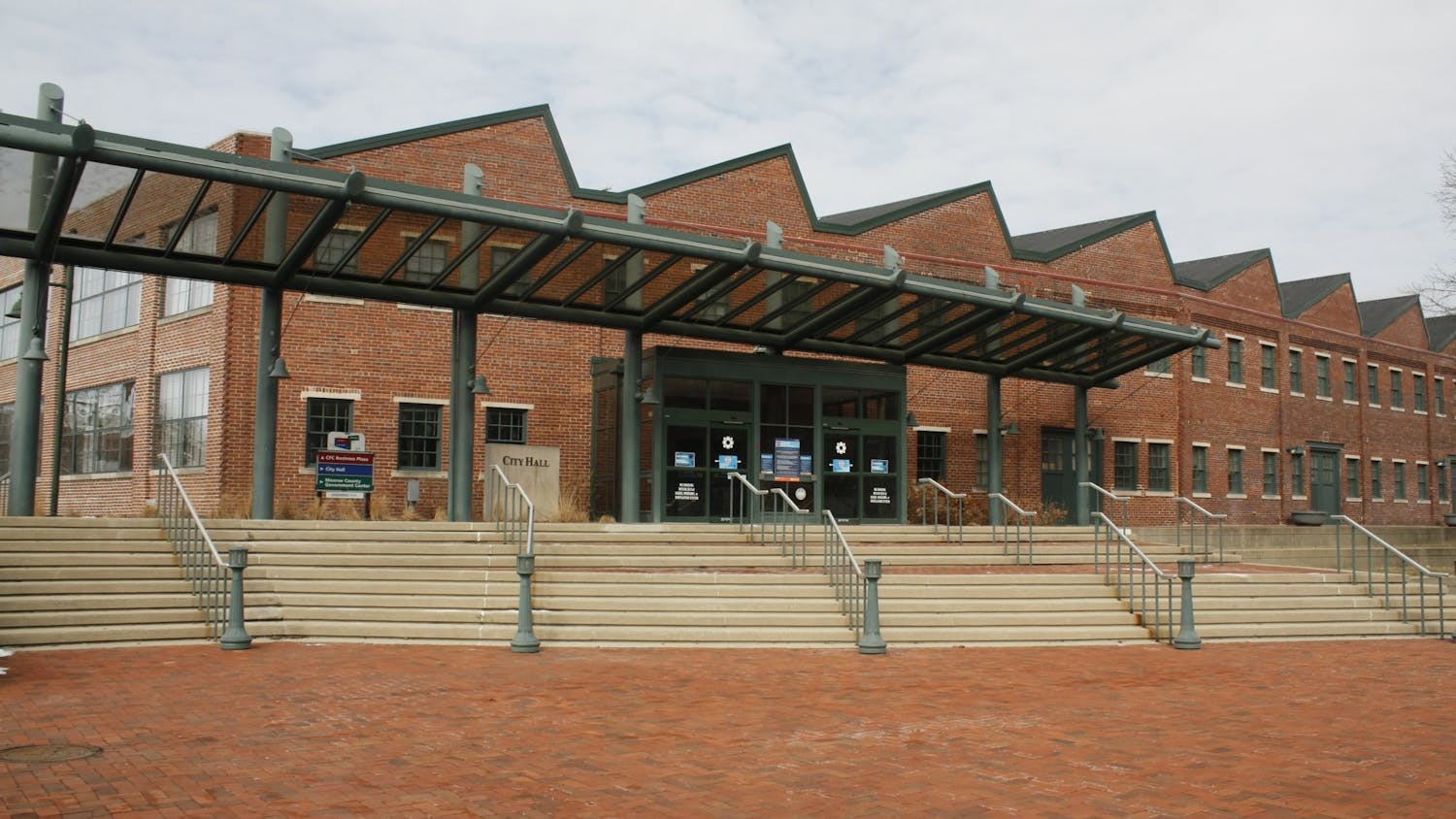Members of the BFC voted to amend the resolution’s last ?sentence.
The resolution protects IU faculty’s freedom of expression, stating that, in public utterances, faculty are free from institutional control.
However, the resolution also states that, in public utterances, faculty should avoid appearing as spokespeople for IU.
Members of the BFC discussed the resolution in response to recent controversies limiting faculty’s freedom of expression at Chicago State University, Colorado State University and the University of Illinois, among others, Steve Sanders, associate professor of law, said.
The email account of a faculty member at Colorado State University, for example, was suspended after said faculty member sent emails critical of recent firings, Sanders said.
“Faculty governance and academic freedom is intertwined,” Sanders said.
Rather than merely vote to reaffirm the resolution, members of the BFC instead voted to amend the resolution, tweaking the language and removing a sentence.
In a 25 to 18 vote, members of the BFC opted to remove the last sentence: “The teacher or librarian should recognize that a professional position in the community involves the obligation to be accurate, to exercise appropriate restraint and to show respect for the right of others to express their views.”
Certain members of the BFC felt the last sentence unnecessarily constrained faculty’s freedom of speech.
Members of the BFC will vote to affirm the amended resolution during the Nov. 4 or Nov. 18 meeting, Jim Sherman, BFC president said.
Additionally, David Johnson, vice provost for enrollment management, briefed members of the BFC on student recruitment and retention.
A record 7,708 students make up this year’s class, compared to last year’s 7,604, Johnson said.
Additionally, a record 1,042 underrepresented minorities enrolled, including a 7-percent increase in the African-American population and 10-percent increase in the Hispanic population, marking the first time more than 1,000 underrepresented minorities have enrolled.
Fifty-seven percent of students are in-state domestic, 34 percent are out-of-state domestic and 9 percent are international, compared to last year’s 58 percent, 34 percent and 8 percent, ?respectively.
Seven-hundred eleven international students represent 41 countries and six continents while domestic students come from 47 of 50 states, plus the District of Columbia, and from 89 of 92 Indiana counties. Neither Idaho, Montana or North Dakota, nor Warren, Fulton or Pulaski counties are represented.
Martin McCrory, associate vice president for academic support and retention and vice provost for educational inclusion and diversity, also briefed members of the BFC on student recruitment and retention, with a focus on underrepresented student recruitment and retention.
McCrory emphasized the role of the Groups Scholars, Hudson and Holland and 21st Century Scholars programs in recruiting and retaining underrepresented students, addressing attempts to make eligible students more aware of the 21st Century Scholars program.
Finally, Claude Clegg, associate vice provost for faculty development and diversity, briefly informed members of the BFC about faculty recruitment and retention.






